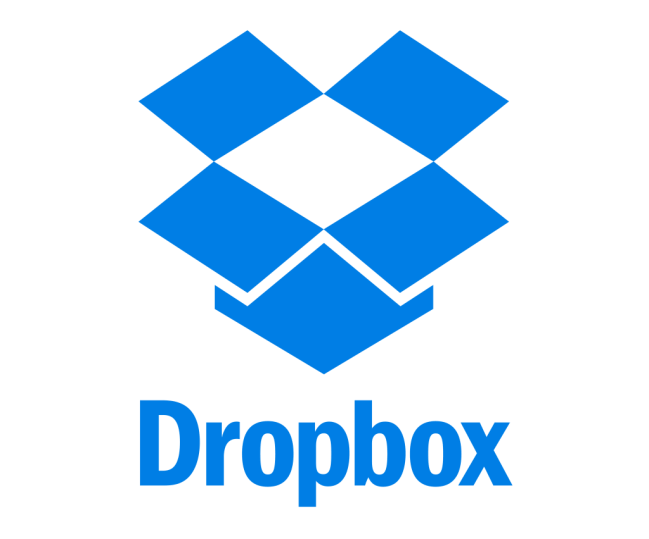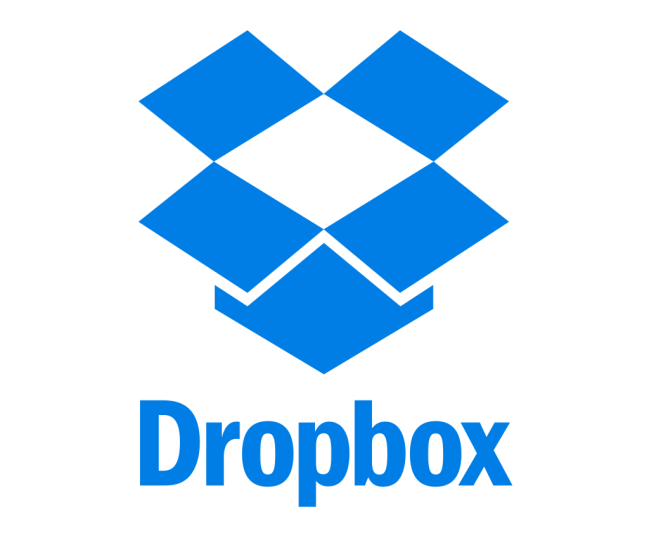
Almost a decade later, it’s still used in numerous case studies showcasing how referral programs can contribute to a company’s growth engine- or even be the engine itself.
Let’s have a quick dive into Dropbox’s metric history:
- September 2008: 100K registered users
- December 2009: 4M registered users
- September 2017: 33.9M registered users, 10B evaluation + 1B revenue.
It was part of the onboarding process.
Onboarding users can be such a pain. When people go on to start using a software or a service, they expect they’ll have to fill out some details.
I don’t know about you, but when the onboarding process of a product I’m dying to use is easy, a smile carves my face.
Dropbox knew this and not only made the whole onboarding a six-step piece of cake, but Dropbox integrated their referral program in it, as a final step.
Just like saying ‘thank you’ by offering more of the product.
The invitation process was very easy.
After the user got hooked with ‘getting more space’, the next step was to make it as easy as possible to get it. It was clear that they had to bring their friends on board.
They could do so via social media sharing or by just sending their unique referral link in whatever way they wanted (messenger apps, email, SMS, handwritten cards, etc.)
But here lies one of the best invitation hacks I’ve ever witnessed. Email is powerful, but sending your invitations to your contacts one by one isn’t so, Dropbox offered the option to sync your contacts from Gmail, AOL, Yahoo!, etc.
People knew their referral status.
If you’re planning to create a referral program like Dropbox, listen to me, and listen to me good. You want to push users to make enough referrals to attain a prized goal.
No notifications or no email, informing how many of my friends successfully registered from my referral link. This is a colossal mistake, people!
Dropbox included a panel that was accessible anytime by users, so they can see how the invites performed.
Dropbox used a Viral Loop on steroids.
I became a member of Dropbox from a referral (what a surprise, huh?). I received an email from a friend, signed up, and then I received another email informing me that I was given 500mb for accepting my friend’s invitation.
“Sweet”, I thought. In the very same email, there was a P.S.; ‘To get even more space, invite your friends or upgrade your Dropbox’, with two links placed respectively.
Dropbox grabbed the opportunity in my WOW moment and offered me additional value by prompting me to get more without paying a dime. The goal of Dropbox’s referral program was to attain a more significant audience reach, not a boost in their revenue.
It was a chance to open their funnel in a very cost-effective way by just showcasing their will to offer more for less.
TL;DR
Let’s recap all the essential info from the Dropbox story. First, they managed to attain 3900% user growth in 15 months. They did so, by continually improving the product, coming head to head with VCs, and by building a legendary referral program
Dropbox’s referral program had 2-side rewards and was an overall success because:
- Offered an extended version of the same product.
- It was part of the onboarding process.
- People had a clear view of the benefits.
- It made it ridiculously easy for people to invite their friends.
- People knew their referral status at any given time.
- They managed to build a Viral Loop.
